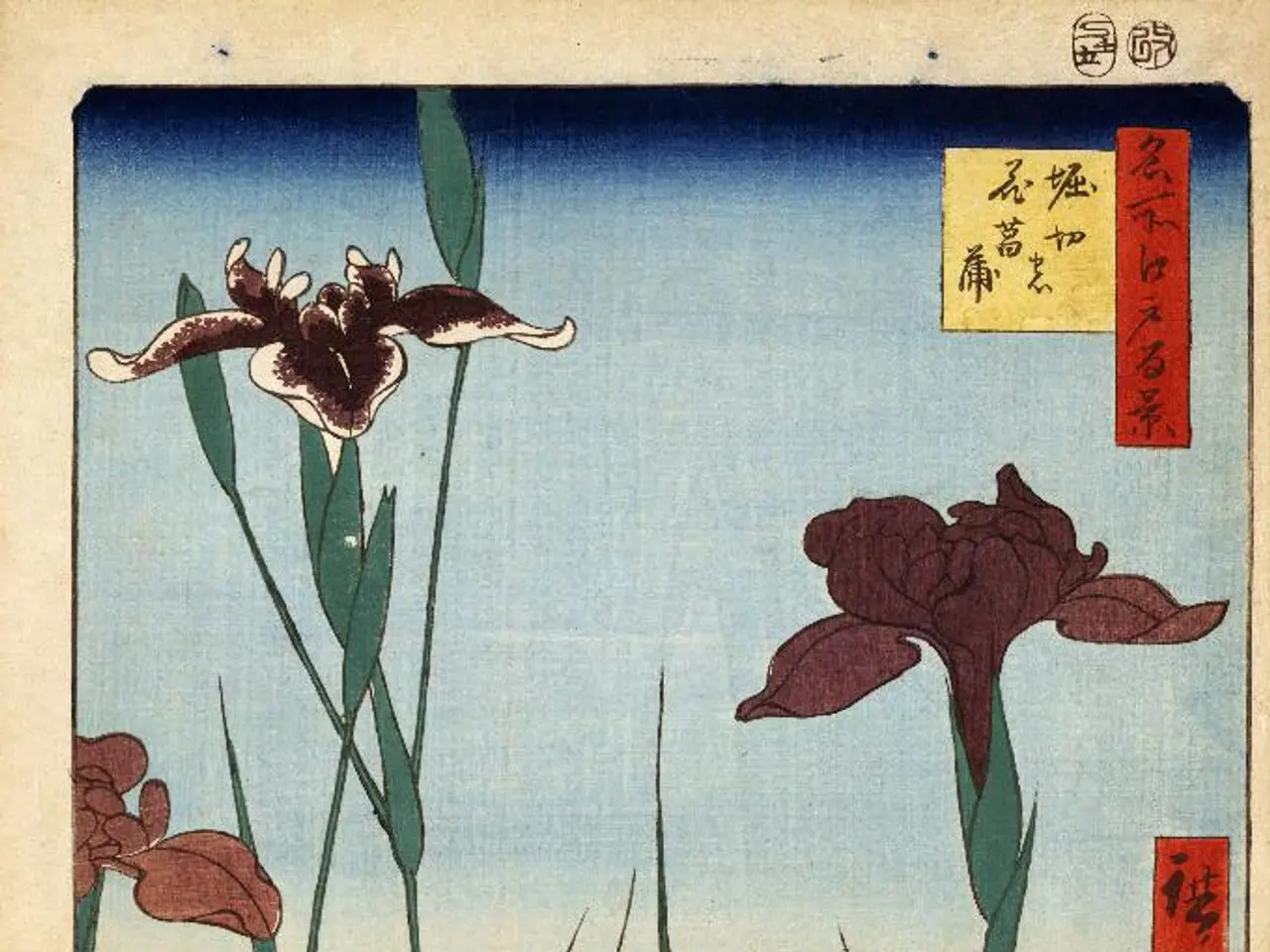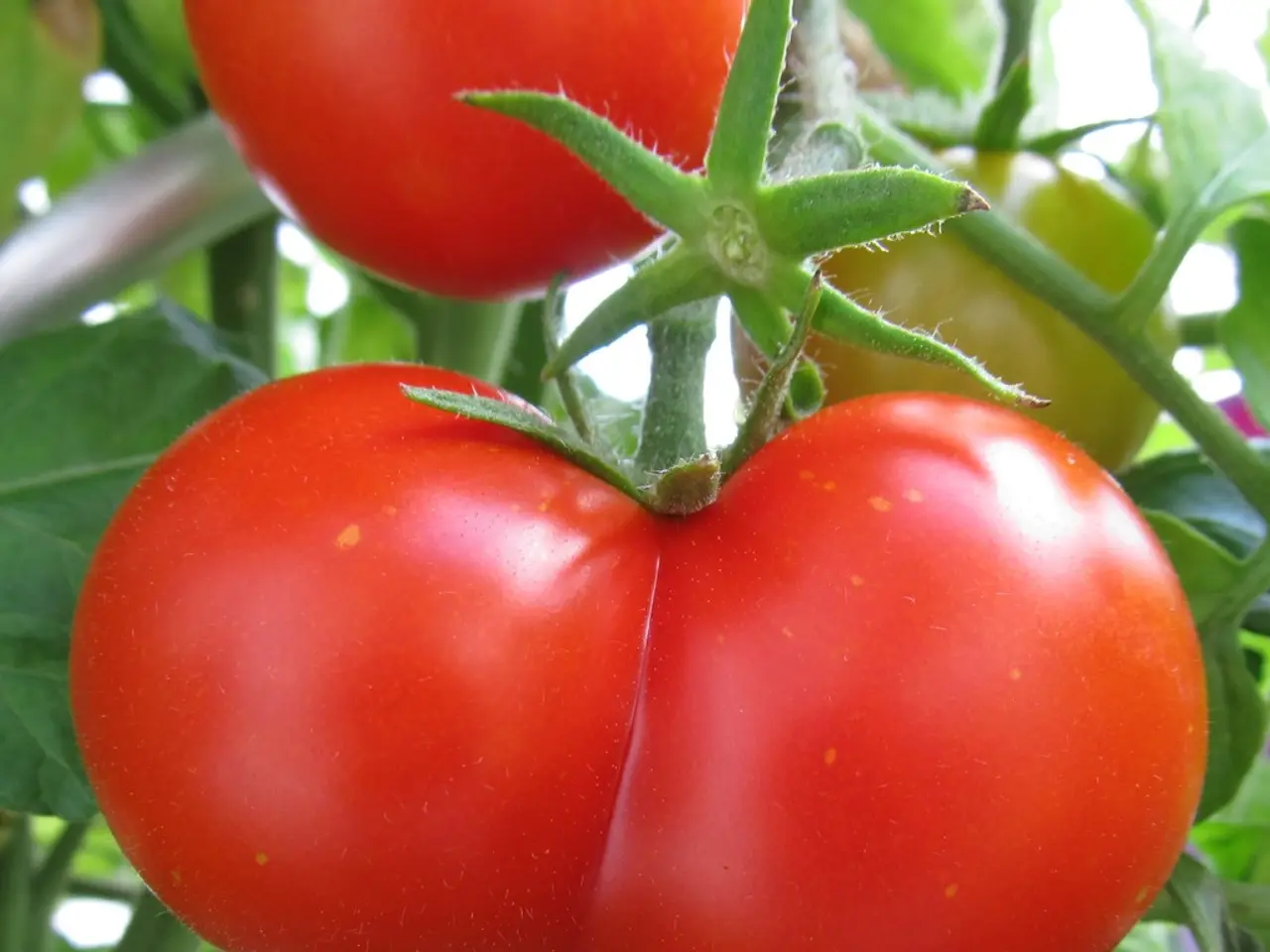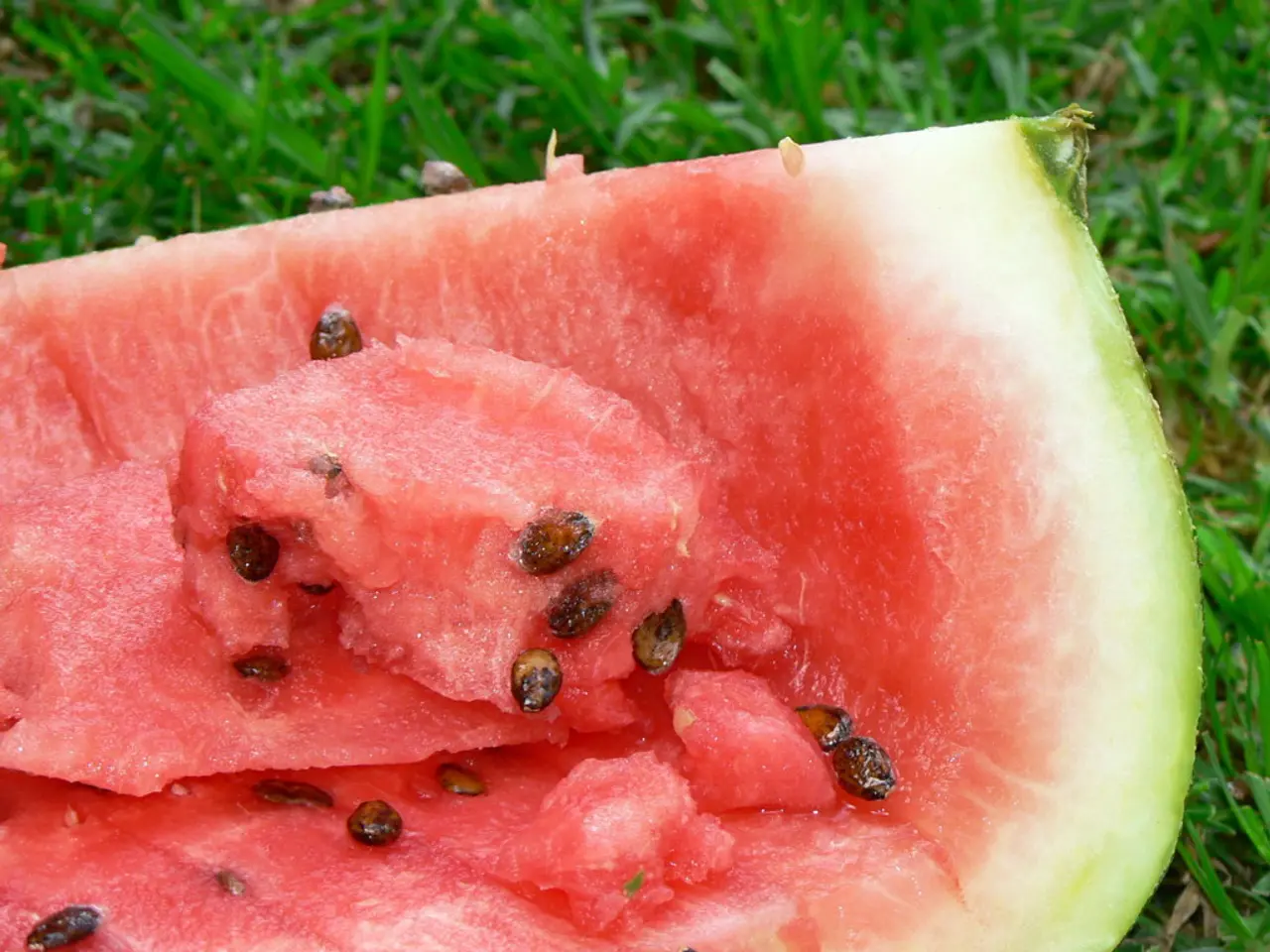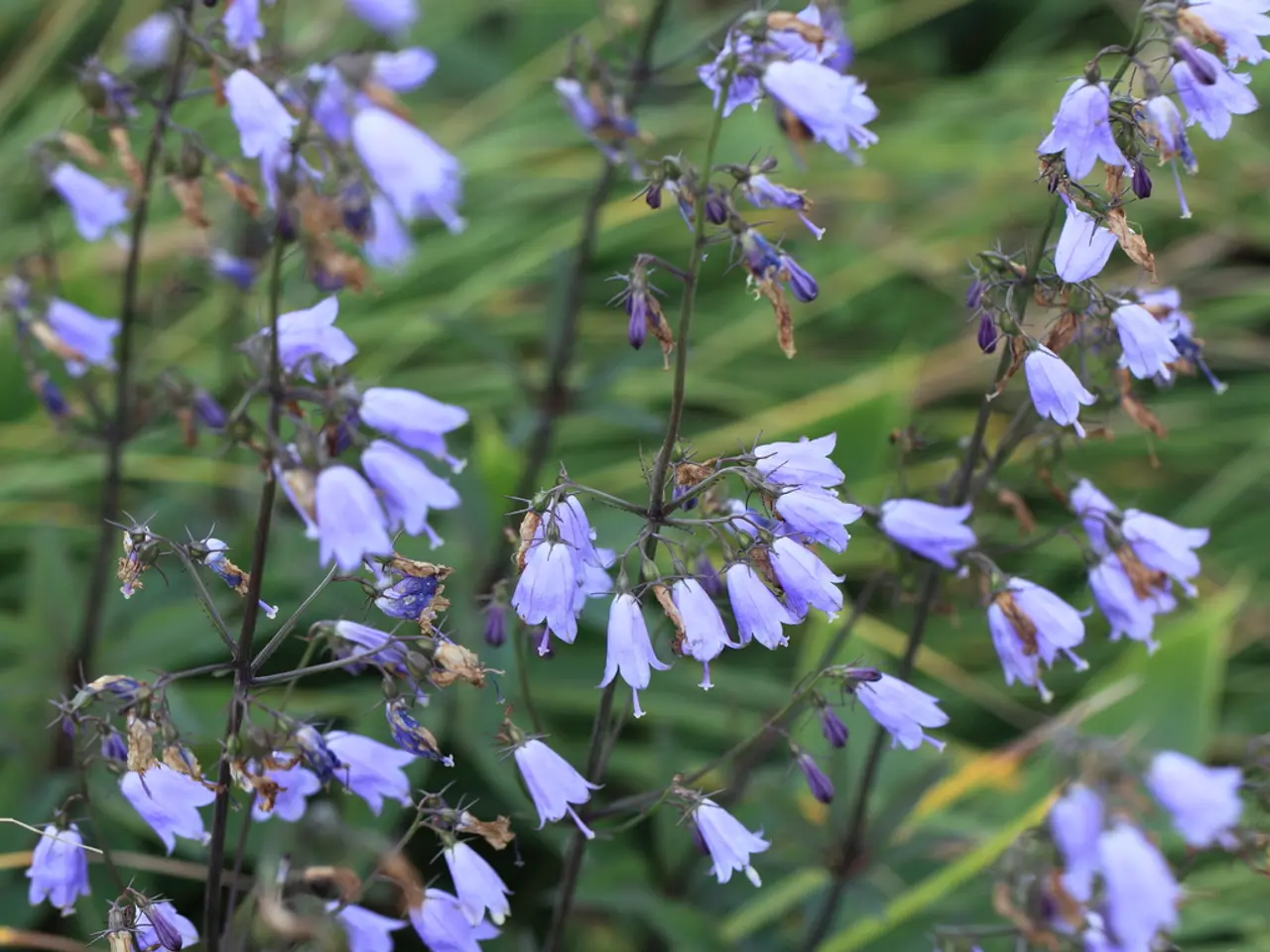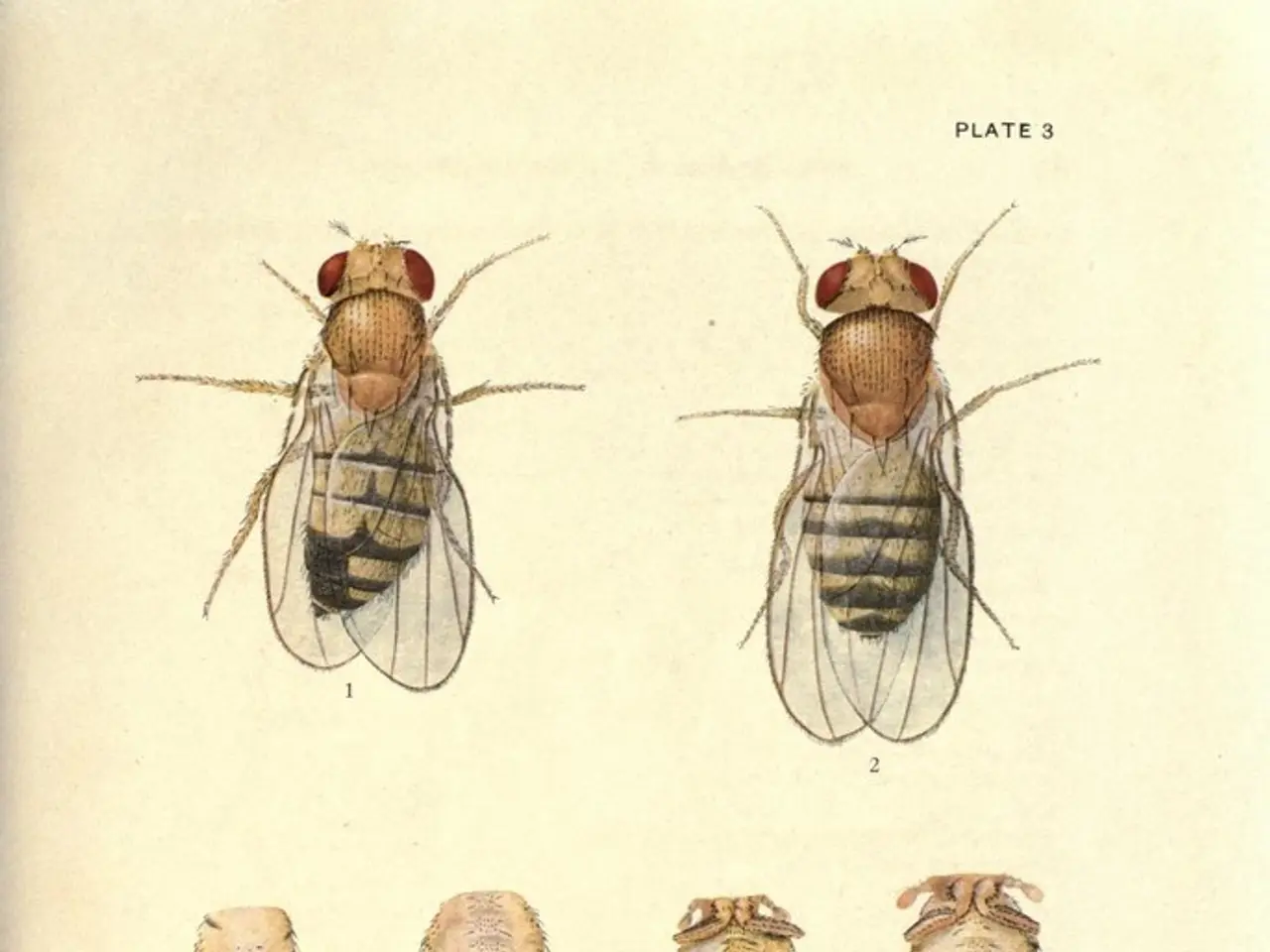Planting a Blossoming Meadow and Bulb Gardening with GSK at Suchy Las - April 28, 2025
A Blooming Green Initiative in Suchy Las
On a sunny April day in 2025, the picturesque town of Suchy Las sprouted more than just spring blossoms. Thanks to a green collaboration with GSK, the town was awash with a sprinkling of corporate responsibility and a dash of environmental activism. The company's employees rolled up their sleeves and dove headfirst into a day of eco-friendly activities, merging the creation of a vibrant flower meadow with a community cleanup. What transpired was a practical, ecological marvel, showcasing the power of corporate engagement in shaping a greener, more sustainable world.
Blooms for the Bees - Tiny Steps Leading to Big Change
At the heart of this event lay the creation of a flowering haven - a miniature oasis that would soon burst with life and become a sanctuary for bees, butterflies, bumblebees, and countless other pollinators. These underappreciated insects often play pivotal roles in maintaining the balance within ecosystems and aiding food production.
Among the dedicated volunteers, shovels dug into the earth, planting an impressive selection of flora:
- 400 gladioli bulbs
- 900 freesia bulbs
- 800 hyacinth bulbs
Yet, the adventure didn't stop there. Seeds of wildflowers famed for their pollinator-friendly attributes were sown, such as moldavian balm, blue tansy, cornflower, white mustard, and calendula. Each one carefully chosen for its ability to attract pollinators and support local biodiversity, ensuring the newly formed meadow would bloom with life and color.
The Power of Pollinator Meadows
Flower meadows, such as the one crafted in Suchy Las, offer numerous ecological advantages beyond providing a picturesque vista.
Promoting Pollinator Diversity and Life Cycles:As a haven for an array of bees, butterflies, and hoverflies, these meadows offer vital food and habitat resources. By presenting continuous blooming plants throughout the growing season, pollinators benefit from consistent access to nectar and pollen, boosting their survival and reproduction [1][2].
Bolstering Biodiversity Beyond Pollinators:These flowering landscapes not only support pollinators but also benefit other wildlife such as small mammals, birds, and deer. They create interconnected ecosystems that promote broad-spectrum biodiversity and contribute to overall ecosystem well-being [1].
Creating Low-Maintenance, Resilient Habitats:Wildflower meadows harness deep-rooted native plants that form dense fibrous root systems, promoting soil stabilization, moisture retention, and weed suppression. This natural resilience fosters long-term ecological stability, making these habitats sustainable and minimally demanding [2].
Improving Soil Health and Carbon Sequestration:Unlike traditional turfgrass lawns, meadows house native plants with deep roots that boost soil organic matter and serve as carbon sinks by storing carbon underground, aiding in the reduction of atmospheric CO2 levels and combating climate change [4].
Saving Water Resources and Preventing Chemical Runoff:Meadows typically require minimal irrigation once established, conserving water resources in drought-prone areas. Their root systems also aid in filtering rainwater, thereby preventing pollutants from entering nearby waterways [4].
Increasing Pollinator Diversity in Urban and Public Spaces:Research from urban park meadows demonstrates that reducing mowing and promoting wildflower planting can boost the diversity of wild bees and hoverflies, inspiring cities and communities to embrace pollinator-friendly landscaping practices and support urban biodiversity [5].
In brief, the pollinator meadow blessed upon Suchy Las by GSK in 2025 likely underscored the importance of these habitats in safeguarding ecological balance, fostering biodiversity, and promoting sustainable land management.
In the heart of Suchy Las, GSK employees worked together to create a pollinator oasis, planting a variety of flowers including gladioli, freesia, hyacinth, moldavian balm, blue tansy, cornflower, white mustard, and calendula. This meadow, beyond presenting a beautiful landscape, promotes pollinator diversity and life cycles, bolsters biodiversity, creates low-maintenance and resilient habitats, improves soil health and carbon sequestration, saves water resources, prevents chemical runoff, and increases pollinator diversity in urban and public spaces. These meadows play a crucial role in maintaining ecological balance, fostering biodiversity, and promoting sustainable land management.

